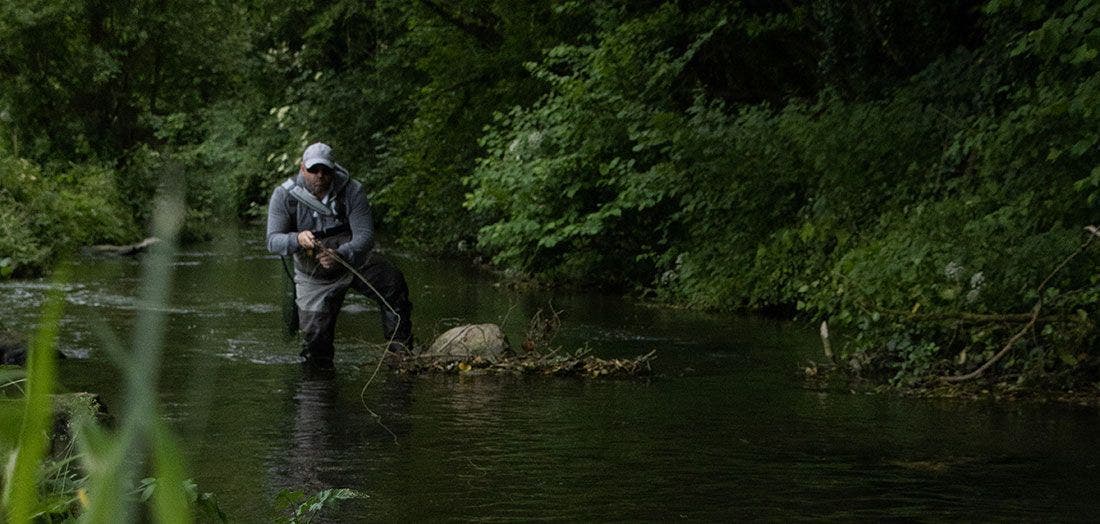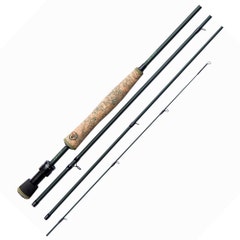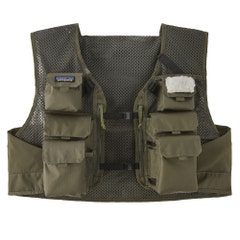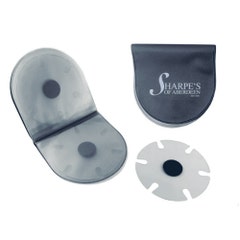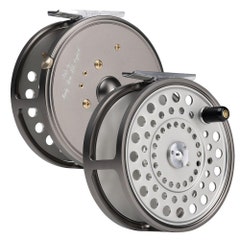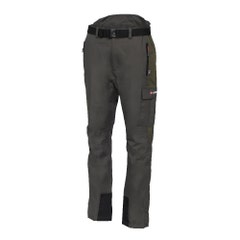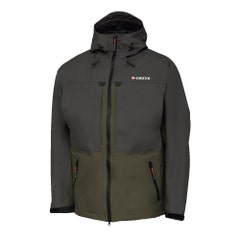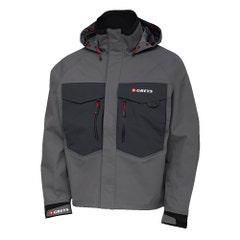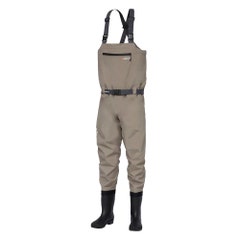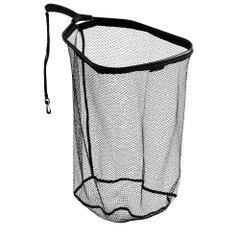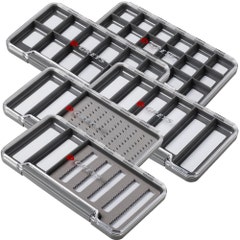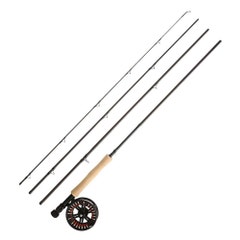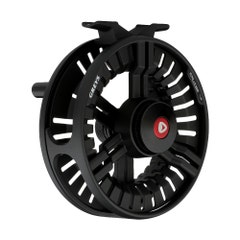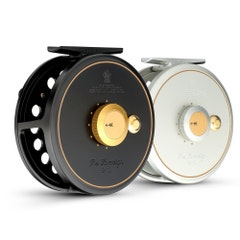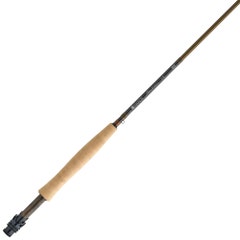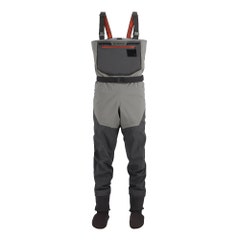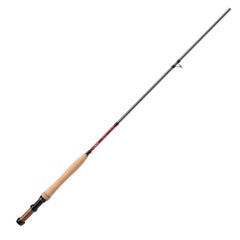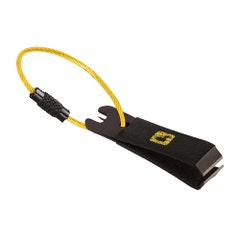Given the choice of wandering the banks of a stocked and manicured chalkstream or stumbling through swathes of moorland heather to tackle palm-sized wild brown trout, it would usually be the latter for me. However, at this time of year I am sometimes lured from my West Country home to fish the crystal clear southern chalkstreams with their sumptuous weed beds, in the hope of experiencing a mayfly feeding frenzy.
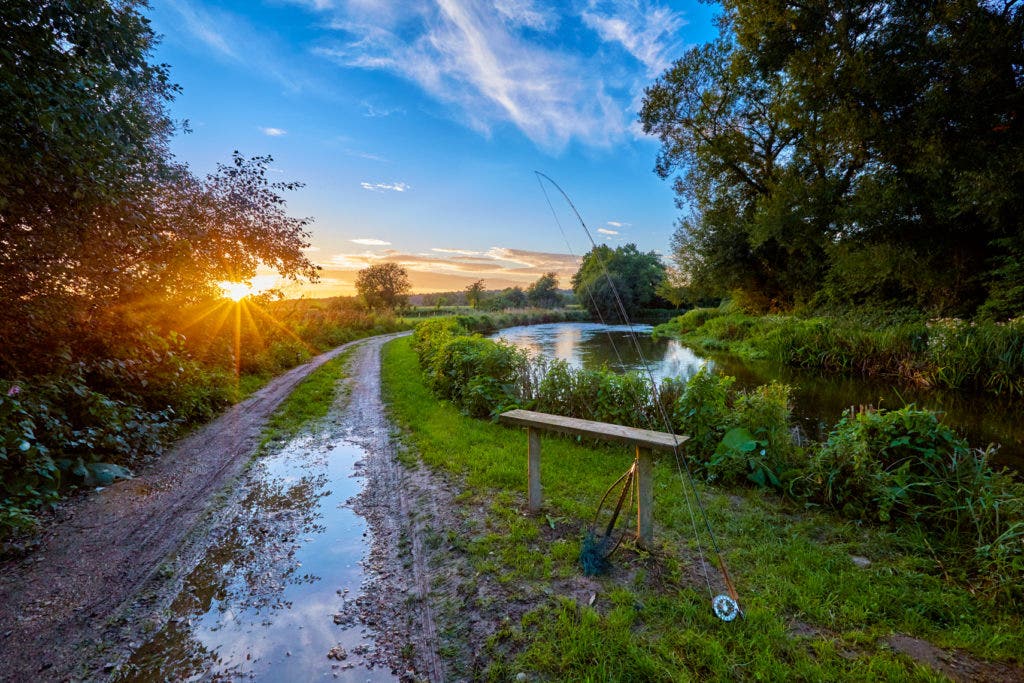 It's time to head to the rivers and to make the most of mayfly season
It's time to head to the rivers and to make the most of mayfly seasonBut it’s not all good news. Such is the significance of the mayfly in the fly fishing calendar there may be very little, if any, availability during the prime weeks as anglers clamour to get in on the duffers’ fortnight action. And, although mayfly season can offer fabulous sport, it is not guaranteed!
If you do manage to bag yourself a session you could be in for a real treat, provided you are well prepared and understand the important stages of the hatch.
Spotlight on the Mayfly
The mayflies’ airborne existence is short, once it emerges from its two-year subsurface life as a nymph it has nothing more to accomplish than to reproduce. In fact, reproduction is so important that the mayfly has not even evolved the necessary mouth parts to enjoy a last supper, it has just a few hours to find a mate before energy levels deplete.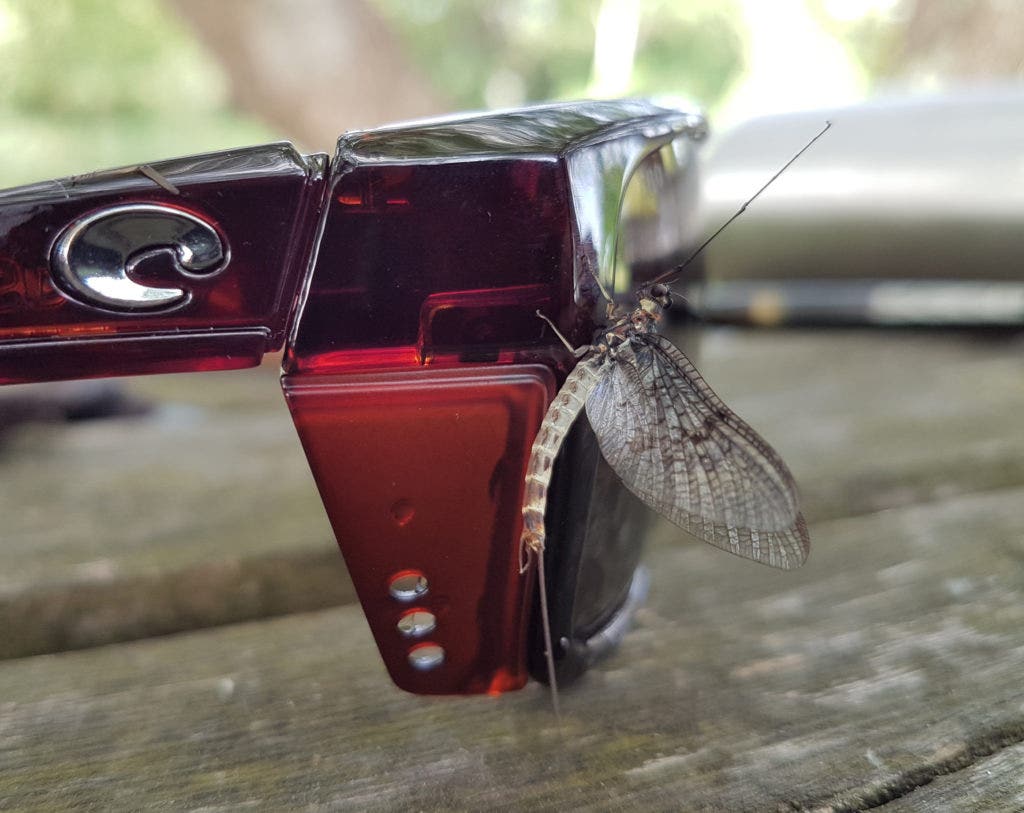 It's mayfly season!
It's mayfly season!After passing on their genes the males die, leaving the females to deposit their eggs before coming to rest, spent and helpless. Mayflies are the largest upwing of them all - indeed one of the most considerable mouthfuls ever encountered by trout - and it is simply magical to watch nature in action as these majestic insects meet a noble end within the jaws of an equally dignified predator.
Don’t expect an early season mayfly hatch to trigger an instant response as the fish may be suspicious at first. One rise to a natural may not result in success to your carefully crafted fur and feather, instead, be patient, allow the hatch to (hopefully!) gather pace and wait until your target trout is confident before sending in the first cast. Study the rise, and the water, identifying if your target fish is focused on crippled, emerging mays or the juvenile flies, known as duns.
Expect to see this stage of the hatch taking place predominantly by mid-afternoon in the early weeks and then stretching throughout the day towards the back end of May and into June. Don’t be fooled by the name, June can produce some of the best mayfly sport of the season, especially after a cold winter (such as the one we recently experienced in the UK) which often delays proceedings and holds some hatches back. If you are exceptionally lucky, hawthorns might continue to appear during the traditional mayfly season, although the trout’s gluttony might be replaced by selectivity in this case.
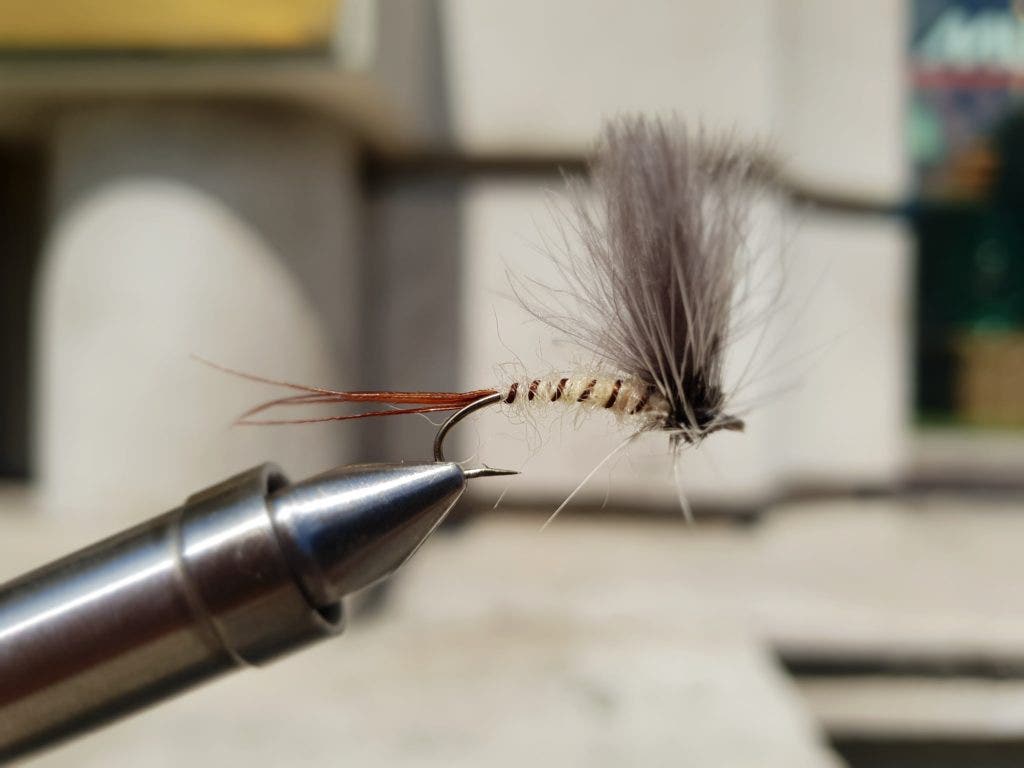 Baz's Mayfly
Baz's MayflyRecommended Mayfly Kit
Stock your box with Fulling Mill Crippled Suspender to imitate the stranded insects and something like Baz's Mayfly from the Fulling Mill range has fish catcher written all over it. The Oliver Edwards Mohican May is also an outstanding pattern which Farlows stocks in many dozens during this time of year. There is no doubt it works but I must admit that I prefer the Baz's Mayfly, it always seems to land perfectly, and I have fooled more mayfly feeders on this pattern than any other in my box. As with all fishing, confidence is key.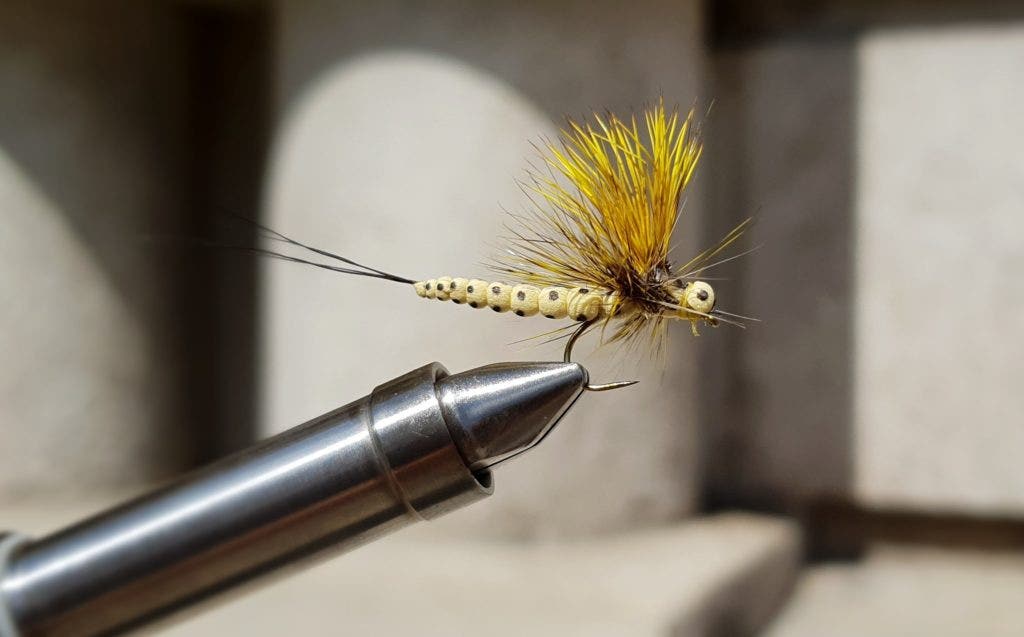 Mohican Mayfly
Mohican MayflyMayflies are substantial insects requiring large artificial patterns to imitate and this can cause problems when casting. Fishing with a knotless tapered leader which is too fine may result in twisting, so I often up my breaking strain from the usual RIO 3.4lb (6X) to RIO 5lb (5X) and for quick, effortless shots there are few better fly lines on the market than the RIO Gold, although if you are into bamboo or the current trend for fishing softer fibreglass rods such as the 8’ #5 Echo Big Water, then the RIO Lightline is the best option.
To begin with, poor presentation may result in a take, hence the duffer’s fortnight tag that has been a mayfly cliché for generations, but as the fish wise up following release (or simply because they have gorged themselves to the point of becoming ultra-selective) your ability to deliver a stealthy cast becomes paramount. Fly fishing rods such as the Sage X 9’ #5 incorporating KonneticHD technology are a perfect choice to generate the tight loops and high line speeds required. Chalksteam day rods for mayfly season are too expensive to squander so some practice in the garden is well worth it and if you can’t turn over your wool tag practice fly then book a date with a qualified casting instructor for a tune up.
On that note, it is also worth mentioning the final stage of the mayfly lifecycle when dead and dying adult insects, known as spent spinners fall to the surface. Forget a hearty supper and celebratory vino on this occasion and instead be ready at the water’s edge with a suitable spent mayfly pattern for what could be an exhilarating finale to the day. The rises can be simply spectacular and as the sun begins to set there is always the chance of a big resident fish having eyes too big for its belly!
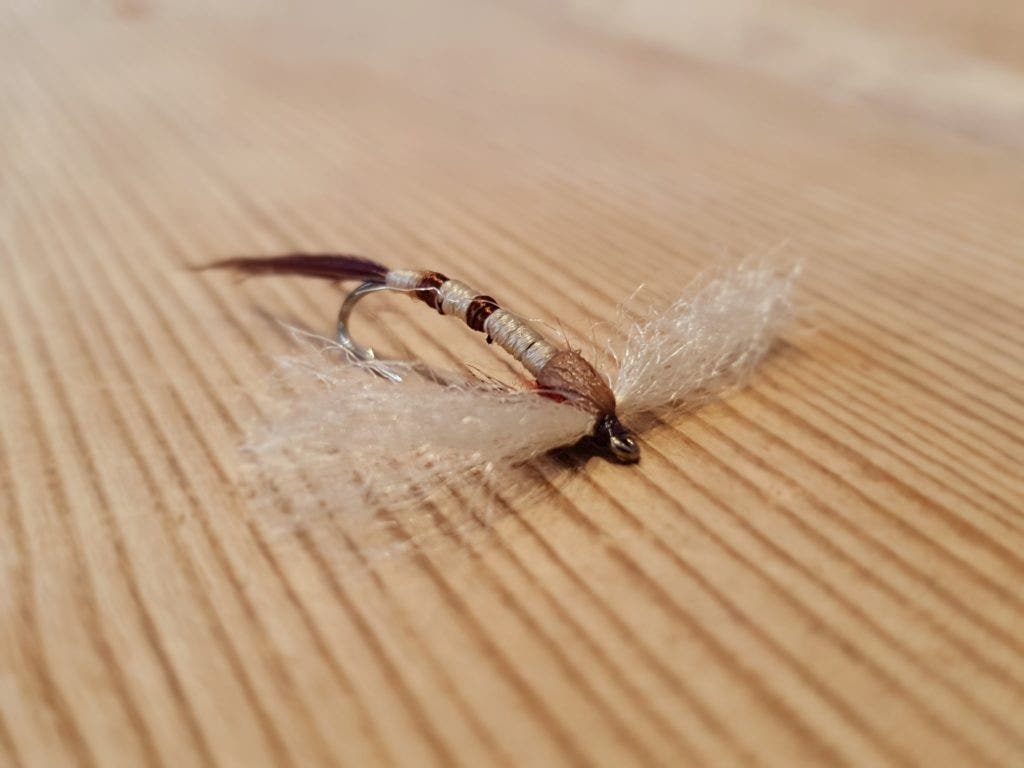 A spent mayfly pattern
A spent mayfly patternNick Hart is rarely tempted away from his beloved West Country streams but the lure of the mayfly season is sometimes too great…
Given the choice of wandering the banks of a stocked and manicured chalkstream or stumbling through swathes of moorland heather to tackle palm-sized wild brown trout, it would usually be the latter for me. However, at this time of year I am sometimes lured from my West Country home to fish the crystal clear southern chalkstreams with their sumptuous weed beds, in the hope of experiencing a mayfly feeding frenzy.
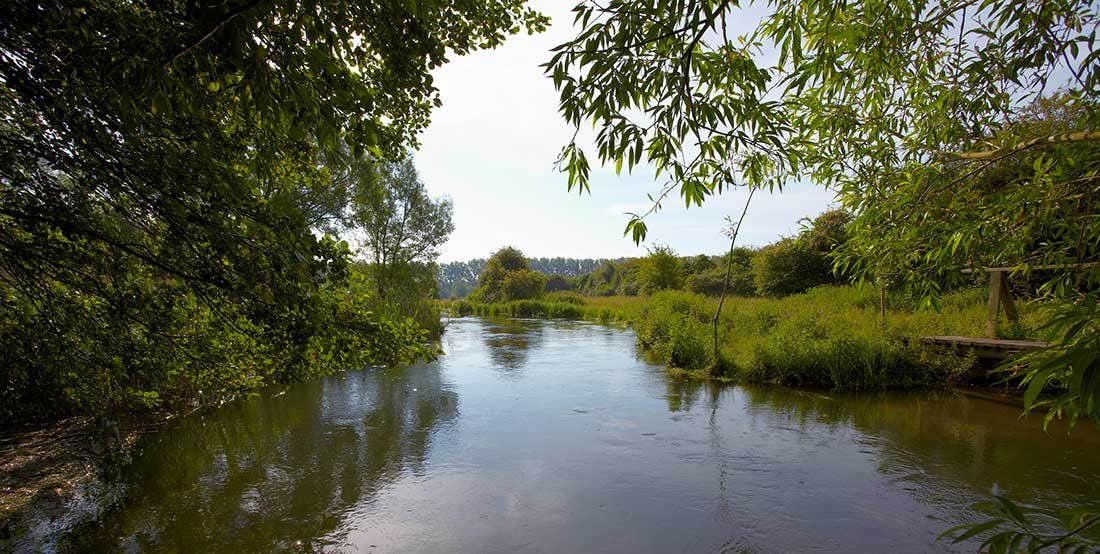 It's time to head to the rivers and to make the most of mayfly season
It's time to head to the rivers and to make the most of mayfly seasonBut it’s not all good news. Such is the significance of the mayfly in the fly fishing calendar there may be very little, if any, availability during the prime weeks as anglers clamour to get in on the duffers’ fortnight action. And, although mayfly season can offer fabulous sport, it is not guaranteed!
If you do manage to bag yourself a session you could be in for a real treat, provided you are well prepared and understand the important stages of the hatch.
Spotlight on the Mayfly
Before you start it helps if you know a few of the terms used just so you understand a little about the mayfly’s life cycle.
Mayfly Nymph – This is the larval aquatic stage – fish feed enthusiastically on the nymphs and if rules allow should be fished if no adult mayfly are hatching.
Dun – The dun is the first stage in the adult mayfly’s life cycle and lasts only a short time. This is the newly emerged adult – it’s identified by being dull in colour and a matt finish on the wings.
Spinner – This is a female that has dropped back onto the water to die after laying her eggs. The wings are shiny and transparent.
The mayflies’ airborne existence is short, once it emerges from its two-year subsurface life as a nymph it has nothing more to accomplish than to reproduce. In fact, reproduction is so important that the mayfly has not even evolved the necessary mouth parts to enjoy a last supper, it has just a few hours to find a mate before energy levels deplete.
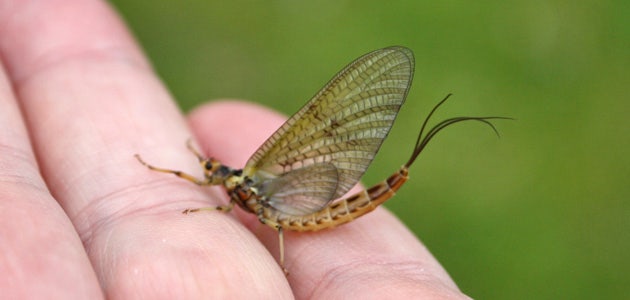 This is a newly hatched mayfly dun!
This is a newly hatched mayfly dun!After passing on their genes the males die, leaving the females to deposit their eggs before coming to rest, spent and helpless. Mayflies are the largest upwing of them all - indeed one of the most considerable mouthfuls ever encountered by trout - and it is simply magical to watch nature in action as these majestic insects meet a noble end within the jaws of an equally dignified predator.
Don’t expect an early season mayfly hatch to trigger an instant response as the fish may be suspicious at first. One rise to a natural may not result in success to your carefully crafted fur and feather, instead, be patient, allow the hatch to (hopefully!) gather pace and wait until your target trout is confident before sending in the first cast. Study the rise, and the water, identifying if your target fish is focused on crippled, emerging mays or the juvenile flies, known as duns.
Expect to see this stage of the hatch taking place predominantly by mid-afternoon in the early weeks and then stretching throughout the day towards the back end of May and into June. Don’t be fooled by the name, June can produce some of the best mayfly sport of the season, especially after a cold winter (such as the one we recently experienced in the UK) which often delays proceedings and holds some hatches back. If you are exceptionally lucky, hawthorns might continue to appear during the traditional mayfly season, although the trout’s gluttony might be replaced by selectivity in this case.
 Baz's Mayfly
Baz's MayflyRecommended Mayfly Kit
Stock your box with Fulling Mill Crippled Suspender to imitate the stranded insects and something like Baz's Mayfly from the Fulling Mill range has fish catcher written all over it. The Oliver Edwards Mohican May is also an outstanding pattern which Farlows stocks in many dozens during this time of year. There is no doubt it works but I must admit that I prefer the Baz's Mayfly, it always seems to land perfectly, and I have fooled more mayfly feeders on this pattern than any other in my box. As with all fishing, confidence is key. Mohican Mayfly
Mohican MayflyMayflies are substantial insects requiring large artificial patterns to imitate and this can cause problems when casting. Fishing with a knotless tapered leader which is too fine may result in twisting, so I often up my breaking strain from the usual RIO 3.4lb (6X) to RIO 5lb (5X) and for quick, effortless shots there are few better fly lines on the market than the RIO Gold, although if you are into bamboo or the current trend for fishing softer fibreglass rods such, then the RIO Technical Trout Premier Floating Fly Line is the best option.
To begin with, poor presentation may result in a take, hence the duffer’s fortnight tag that has been a mayfly cliché for generations, but as the fish wise up following release (or simply because they have gorged themselves to the point of becoming ultra-selective) your ability to deliver a stealthy cast becomes paramount.
 It's mayfly season!
It's mayfly season!Fly fishing rods such as the Hardy Aydon 9’ #5 incorporating SINTRIX technology are a perfect choice to generate the tight loops and high line speeds required. Chalkstream day rods for mayfly season are too expensive to squander so some practice in the garden is well worth it and if you can’t turn over your wool tag practice fly then book a date with a qualified casting instructor for a tune up.
Other important accessories include a floatant system for your flies (drying flies with an Amadou pad then dipping them in dry shake works really well). You need them to sit perfectly on the surface – this fishing is all about presentation. Unless of course the trout are in an eat anything mood, in which case fill your boots! These opportunities don’t come along every day – it’s called duffers fortnight after all.
On a final note, it is also worth mentioning the final stage of the mayfly lifecycle when dead and dying adult insects, known as spent spinners fall to the surface. Forget a hearty supper and celebratory vino on this occasion and instead be ready at the water’s edge with a suitable spent mayfly pattern for what could be an exhilarating finale to the day. The rises can be simply spectacular and as the sun begins to set there is always the chance of a big resident fish having eyes too big for its belly!
 A spent mayfly pattern
A spent mayfly pattern

